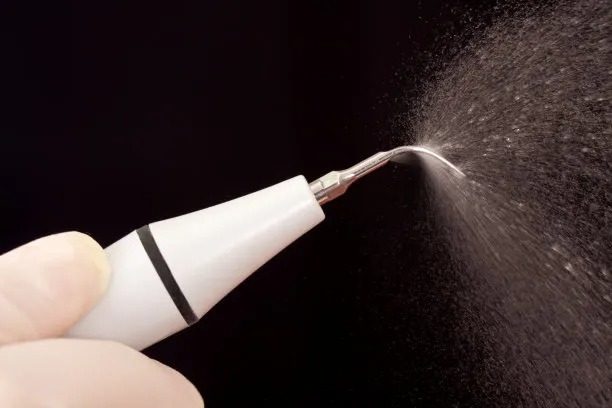Essential Tips for Ensuring a Successful Dental Filling Procedure and Post-Treatment Care
Summary: Dental fillings are a common procedure used to restore teeth affected by decay or damage. Ensuring a successful dental filling requires proper preparation before the appointment, utilizing effective techniques during the procedure, and implementing comprehensive post-treatment care. This article will discuss four critical aspects: the importance of pre-procedural communication, the role of professional expertise during the filling, the significance of post-treatment care, and dietary considerations following the filling. By adhering to these essential tips, patients can achieve optimal results and maintain their dental health for the long term.
1. Importance of Pre-Procedural Communication

Before undergoing a dental filling procedure, effective communication with your dentist is essential. Patients should openly discuss their dental history and any current issues they are experiencing. This information will help the dentist assess the situation accurately and plan the most suitable treatment. Sharing concerns about pain levels, previous experiences, or dental anxiety can also assist the dentist in providing a tailored approach to care.
Additionally, asking questions about the filling materials can help patients understand the options available. Dentists may offer various materials such as amalgam, composite resin, or glass ionomer. Understanding the pros and cons of each option will empower patients to make informed decisions aligned with their preferences.
Finally, discussing any medications or health conditions that might affect the procedure is crucial. Certain medications can interfere with anesthesia or the healing process, making it imperative for the dentist to have a complete picture of the patient鈥檚 overall health.
2. Role of Professional Expertise During the Filling
During the filling procedure, professional expertise plays a critical role in ensuring its success. Experienced dentists are skilled in delivering precise anesthetic techniques, which not only minimize discomfort but also allow for a smoother procedure. Patients often experience less anxiety during the process when they trust their dentists competence.
Moreover, using advanced technology and techniques during the filling can enhance outcomes. For instance, digital imaging allows the dentist to identify areas that need attention more accurately, ensuring that no decay is left behind. Additionally, using tools like lasers can improve efficiency and reduce the amount of time spent in the dental chair.
Understanding each stage of the filling process also helps patients feel more comfortable. Dentists should provide clear explanations and set realistic expectations for recovery and care post-procedure. Ensuring patients are adequately informed fosters trust and confidence, ultimately contributing to a successful outcome.
3. Significance of Post-Treatment Care
Post-treatment care is pivotal for the longevity and effectiveness of dental fillings. Patients should follow their dentists instructions on care and maintenance diligently. This includes practicing good oral hygiene, such as brushing twice a day and flossing daily to keep the area around the filling clean and free of debris.
Furthermore, after receiving a filling, patients should be cautious about eating and drinking. Dentists may recommend waiting for a few hours before consuming anything hot, cold, or hard. This precaution helps avoid any potential discomfort and allows time for anesthesia to wear off fully, reducing the risk of accidental injury to the treated area.
Lastly, regular check-ups are crucial for maintaining dental health. Scheduling follow-up appointments allows the dentist to monitor the filling and overall oral health. Addressing any issues early can prevent complications and ensure the filling remains intact as long as possible.
4. Dietary Considerations Following the Filling
After a dental filling, dietary considerations can impact healing and comfort. Patients should stick to a soft diet for the first few days, incorporating foods like yogurt, smoothies, and mashed potatoes. Such choices minimize stress on the new filling and allow for a smoother recovery.
It is also advisable to avoid sticky or hard foods during the initial recovery phase. Chewing gum, hard candies, and raw vegetables can exert unnecessary pressure on the filling, leading to discomfort or even damage. Choosing gentle, nutritious foods can promote healing while minimizing the risk of complications.
Finally, staying hydrated is essential. Drinking plenty of water supports saliva production, which is important for oral health and overall recovery. Drinking water also helps rinse the mouth, reducing the likelihood of food particles getting lodged near the filling.
Summary: Maintaining optimal dental health after a filling procedure requires attention to proper communication, professional expertise, diligent post-treatment care, and mindful dietary choices. By adhering to these essential tips, patients can significantly enhance their likelihood of a successful recovery and reduce the risk of complications. Good oral health contributes to overall well-being, making it crucial for individuals to prioritize care before, during, and after dental treatments.
This article is compiled by Vickong Dental and the content is for reference only.



